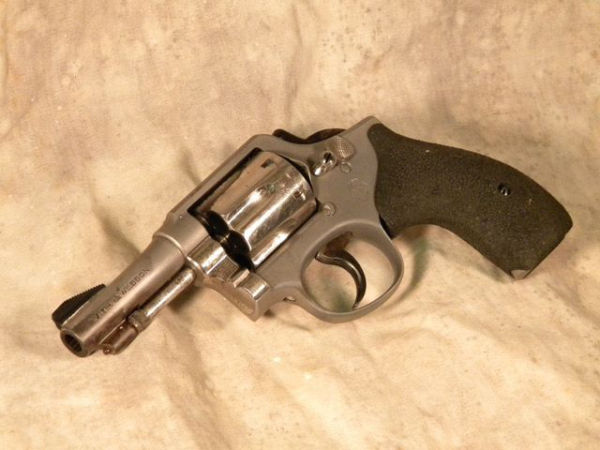
Firearms fall into two categories. There are rare, collectible weapons and then, there are tools. Collectibles come in all flavors. It could be the age of the weapon or that it has a significant historical background. These should be cherished, taken care of and preserved. The weapons we use, whether for competition, hunting or defense are meant to be “used.” No offense, but your favorite carry pistol and defensive carbine are not “special.” If you want to learn how to use them and ensure they function properly, they’re going to get beat up.
I’m amazed the number of times during classes that someone will comment on getting their weapon dirty, dinged or (heaven forbid) scratched. Shooters will hesitate, then change their firing position to avoid scratching their carbine’s handguard. Students are reluctant to drop their pistols during “New York” reloads (i.e., when the pistol runs empty, you drop it and draw your second weapon).
Remember, we learn through repetition. If you get into the habit of pampering your weapon on the range - hesitating to do something because you’re worried about the equipment getting “dirty” – you’ll do the same thing in a fight. Fighting isn’t pretty, sterile or controlled in any way. The better you replicate this on the range the smoother things go in the fight.
“If I do that,” some say, “it will decrease what the pistol is worth.”
I hear this often when suggesting modifications that will improve the weapon’s fit to the individual. Yes, a firearm is an investment, but not in dollars. The value of a tool, in this case a firearm, lies in how effective someone can use it. If the firearm doesn’t fit you, it can’t be carried comfortably, manipulated properly or shot accurately. Modifications that improve the effectiveness of a weapon increase its value. This is especially true for defensive weapons. And if I decide to sell something, that means it no longer holds any value to me.
Learning how to use your weapon effectively – safe and efficiently – requires training, an introduction to the proper skills, and practice. The repetition gained through practice is key to learning. It’s also when you discover what modifications are needed for a better fit. Now, there are spots showing where you’ve sanded off some sharp edges, the finish on the thumb safety doesn’t match the rest of the weapon and there’s a stain on the backstrap from when you cut your hand.
While all this is occurring, you’re developing a relationship with that weapon. It begins to feel like an extension of your own body. You know how it should feel when you have a proper firing grip. You recognize when the slide locks back on an empty magazine, and distinguish this from how the weapon reacts to a stoppage or malfunction.
Don’t get confused. The mechanical status of your firearms should always be maintained to the highest degree. But don’t get too concerned on how your weapon looks, or what its financial value is. Modify as necessary, train and practice realistically and as they say, “Become one with your weapon.”
Tiger McKee is director of Shootrite Firearms Academy. He is the author of The Book of Two Guns, AR-15 Skills and Drills, has a regular column in American Handgunner and makes some cool knives and custom revolvers. Visit Shootrite’s Facebook page for other details.